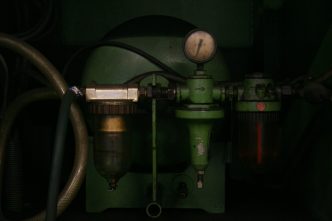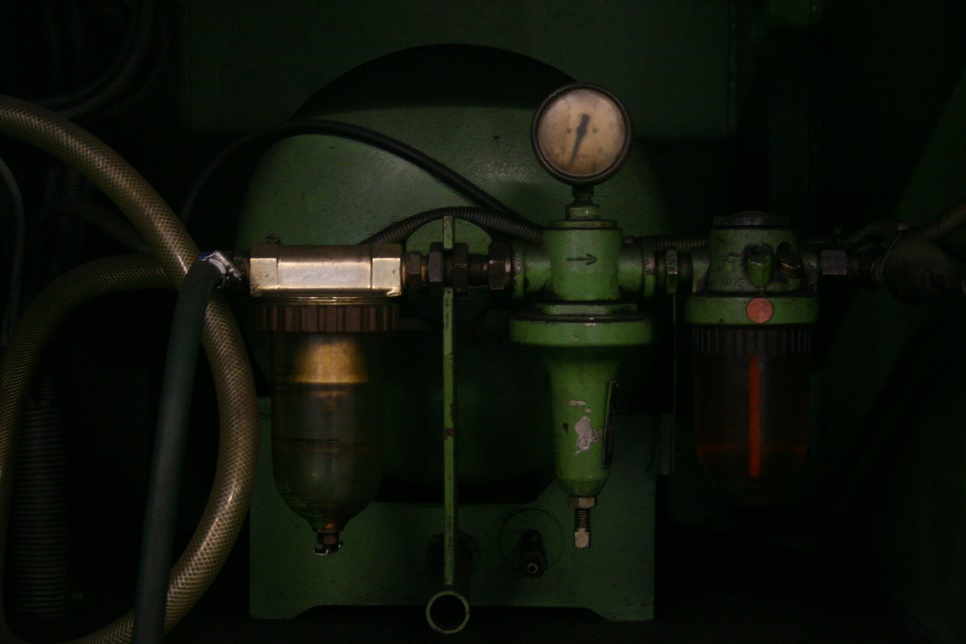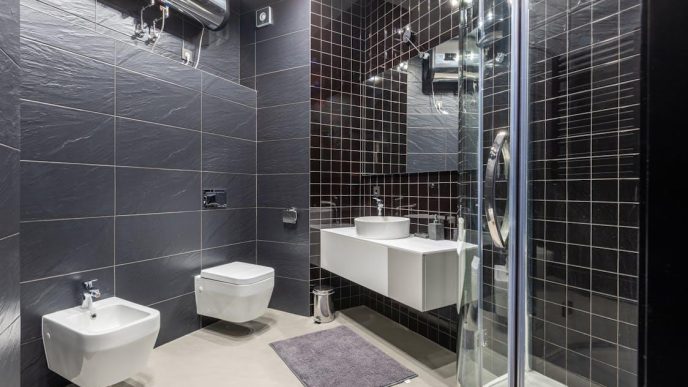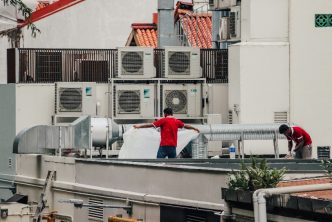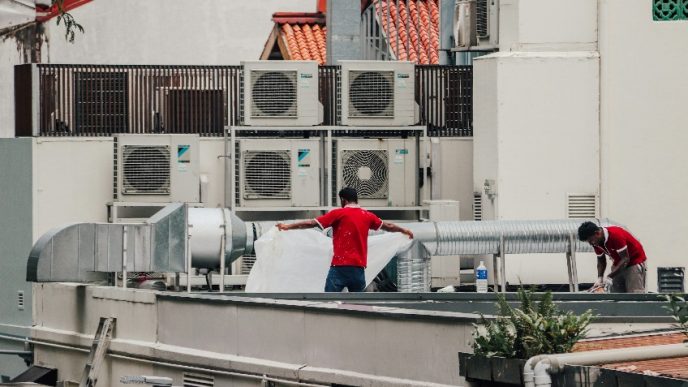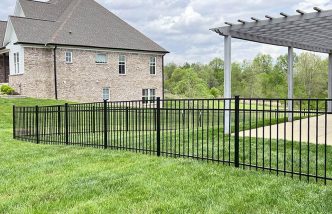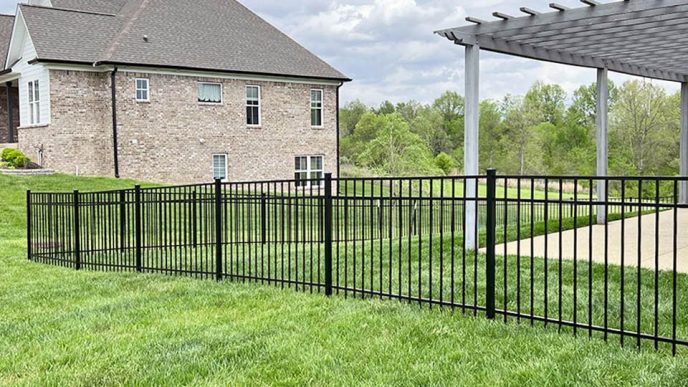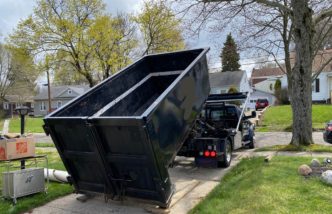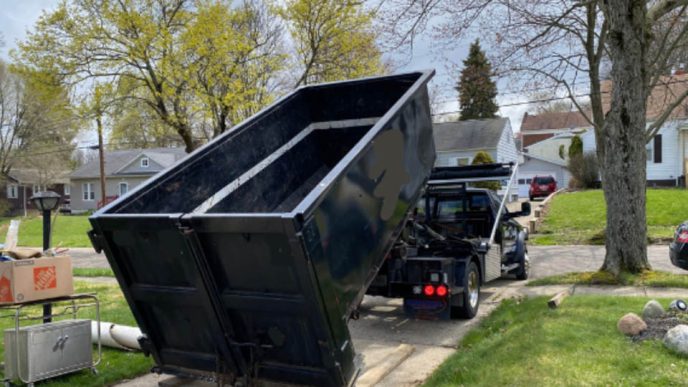When winter sets in, the last thing anyone wants is a heat pump that stops working just when warmth is needed the most. In colder regions like Framingham, MA, where temperatures can drop significantly, many homeowners find themselves puzzled as to why their heat pumps seem to struggle.
Understanding how these systems operate and what causes them to malfunction in freezing conditions can help you respond swiftly — and restore comfort to your home.
The Importance of Calling Professionals
If your heat pump suddenly stops producing warm air during a cold spell, it’s crucial to act promptly. While it might be tempting to troubleshoot the problem yourself, hiring trained HVAC technicians ensures the job is done safely and effectively.
Professionals specializing in emergency heat pump repair in Framingham, MA, have the knowledge and tools to diagnose problems unique to local winter conditions. They can inspect the system for issues such as frozen coils, low refrigerant levels, or electrical malfunctions that might not be immediately visible.
Beyond repairs, professional technicians can also provide preventive maintenance tips to minimize future breakdowns. Their expertise not only saves time but also helps prevent long-term damage to the unit, ensuring it continues to operate efficiently throughout the cold months.
How Cold Weather Affects Heat Pump Performance
Heat pumps work by transferring heat from one place to another — extracting warmth from outdoor air and moving it indoors. However, when outdoor temperatures drop sharply, the available heat in the air also decreases. Since the system must work harder to find and move this limited warmth, its efficiency naturally declines.
When temperatures dip below freezing, frost can accumulate on the outdoor coil. To counter this, heat pumps enter a “defrost mode” — a temporary process that melts the ice buildup. If the defrost cycle fails to function properly, ice can continue to form, eventually blocking airflow and causing the system to stop working altogether.
The Role of the Defrost Cycle and Why It Can Fail
The defrost cycle is a built-in feature designed to keep your system running smoothly during freezing temperatures. It temporarily reverses the heat pump’s operation, pulling heat from inside your home to melt any ice on the outdoor coil.
However, several factors can interfere with this cycle. Malfunctioning sensors may fail to detect frost, while damaged reversing valves might prevent the system from switching modes correctly. Even something as simple as a dirty outdoor coil can make the defrost cycle less effective.
Electrical Problems That Arise in Freezing Conditions
Cold weather can also expose electrical weaknesses within your heat pump. Contactors, capacitors, and relays — all critical components for starting and running the compressor and fan motors — may fail under stress from fluctuating temperatures.
Sometimes, power surges or short circuits caused by ice and moisture infiltration can trigger safety switches that shut down the system. In other cases, thermostat wiring or sensors may malfunction due to temperature extremes, sending incorrect signals that prevent the heat pump from operating normally.
Airflow Restrictions and Outdoor Unit Blockages
A heat pump relies on steady airflow to function properly. During winter, snow, ice, and debris can accumulate around the outdoor unit, restricting the circulation of air. When this happens, the system cannot absorb enough heat from outside, resulting in poor performance or complete failure.
Blocked filters indoors can make matters worse, reducing airflow to the point that the system overheats and automatically shuts down to prevent damage. Checking that vents, ducts, and filters are clean and unobstructed can sometimes resolve minor issues before they escalate.
Low Refrigerant Levels and Their Impact on Heating
Refrigerant is the lifeblood of any heat pump system. It’s responsible for absorbing and releasing heat as it cycles through the compressor, coils, and expansion valve. When refrigerant levels drop due to a leak or improper charging, the system struggles to extract enough heat from the air.
Low refrigerant not only reduces heating capacity but also forces the compressor to run continuously, increasing wear and tear. In severe cases, it can cause the compressor to overheat and fail — one of the most expensive repairs for a heat pump.
When Frost Turns Into Ice: Understanding Outdoor Coil Freezing
It’s normal for a thin layer of frost to form on the outdoor coil during cold weather, but excessive ice indicates trouble. Persistent freezing can result from poor airflow, malfunctioning sensors, or incorrect refrigerant levels.
When the outdoor coil becomes encased in ice, the heat pump can no longer extract heat from the air. The system may start blowing cold air inside or shut down entirely to protect itself.
Steps Homeowners Can Take Before Calling for Help
While professionals should always handle major repairs, homeowners can take a few steps to identify and possibly resolve minor problems before making a service call.
- Check the Thermostat: Ensure it’s set to “heat” and the temperature is correctly adjusted.
- Inspect the Breaker: Sometimes, the system trips the circuit breaker; resetting it might restore power.
- Clean or Replace Filters: Dirty filters reduce efficiency and can cause the system to shut down.
- Observe for Unusual Noises or Smells: These often indicate mechanical or electrical problems requiring immediate attention.
Taking these precautions can sometimes restore functionality or at least help you provide valuable information to the technician.
Keeping Your Heat Pump Healthy Through Preventive Maintenance
Preventive care is the key to ensuring your heat pump continues to perform reliably during winter. Schedule seasonal maintenance before the cold weather sets in to have coils cleaned, refrigerant checked, and electrical connections tested. A professional inspection can also detect small issues before they turn into costly breakdowns.
When your heat pump stops working in cold weather, it’s usually due to one or a combination of these factors: low refrigerant, ice buildup, electrical issues, or airflow problems. Recognizing the signs early and knowing when to call a professional can make all the difference. With the right care and prompt attention, your heat pump can continue keeping your home warm and comfortable, no matter how cold it gets outside.

